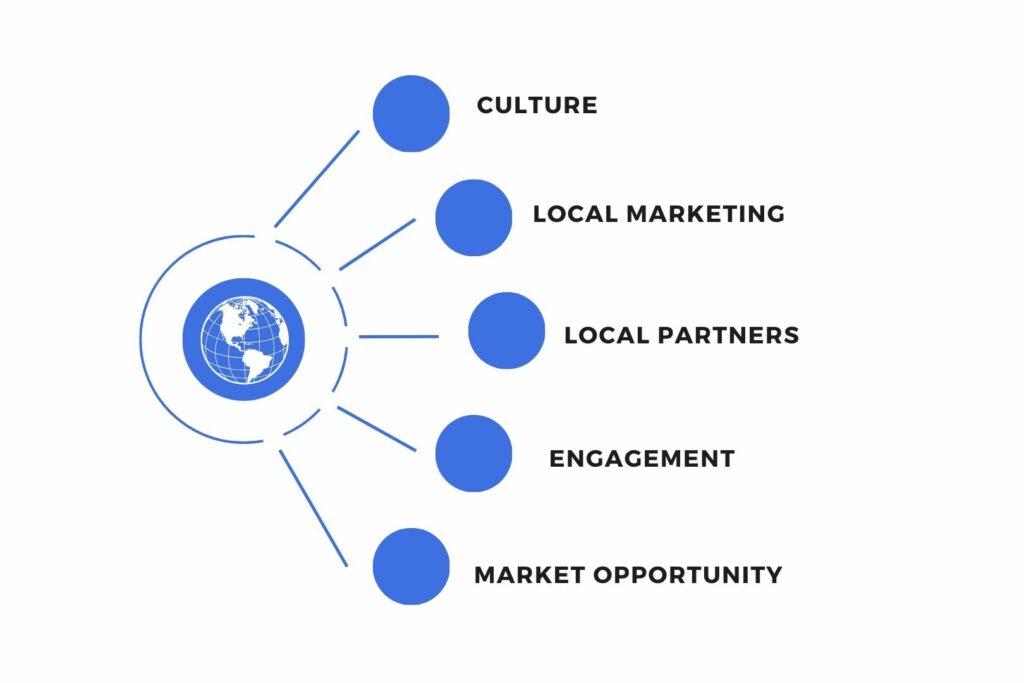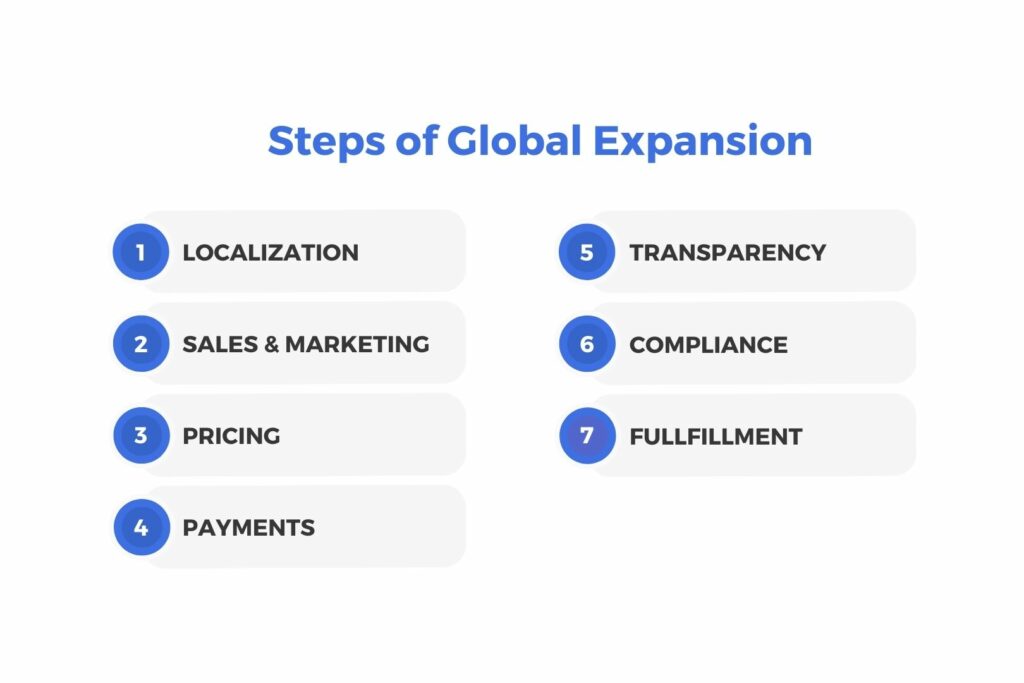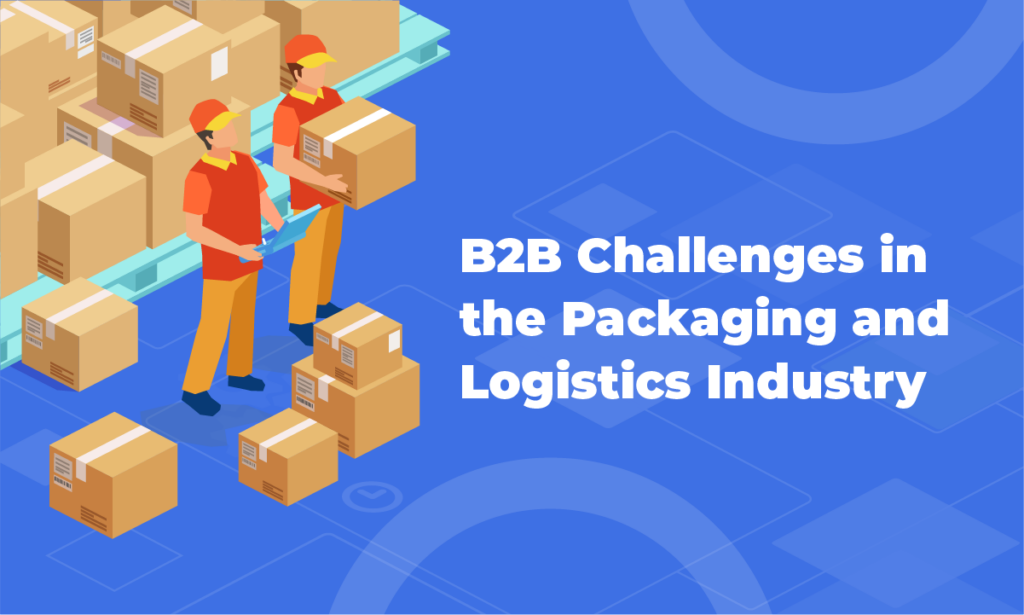Global expansion allows business to business (B2B) ecommerce companies to grow despite political and economic uncertainty and supply chain disruption. Successfully expanding operations internationally requires a strong strategy and outstanding delivery.
More than eight out of 10 B2B buyers already prefer ordering or paying through digital channels. Enabling cross border digital sales is a logical step to access different customer markets. However, it brings new challenges that B2B brands must understand and overcome to succeed.
Table of Contents

Your global expansion strategy
Global expansion may seem daunting when you’re considering which countries or regions to choose. You’ll need to make strategic decisions about whether to target developed or emerging markets. Effective engagement and marketing in local languages and understanding legal, social and cultural differences are significant challenges.
Your global expansion strategy must create the best opportunities in countries that offer the most potential for growth and profitability. You’ll need to analyze economic indicators, assess market competition, and possible barriers to market entry.
Many management teams don’t have experience of entering new international markets. To make the right decisions you’ll need high quality technical support and an agile approach so you can change your plans if necessary.

Understanding complex international markets
Expanding your business in other countries offers huge opportunities for growth. It’s important to understand the impact of cultural, social and language differences when choosing a new market overseas.

Seven Steps to Global Expansion
Here are seven steps you can follow to unlock the power of global expansion for your B2B ecommerce business.
Step One: Embrace localization
Customers in different regional and national markets expect more than an automated translation of your existing ecommerce site. It’s important to take account of the cultural and social tone of your content as well. You must take time to understand the significance of different colors, styles and imagery too. Product features and pricing might also need to change.
Twenty years ago, Coca-Cola had to accommodate local nuances in China. It’s original brand translation locally meant ‘bite the wax tadpole’, which wasn’t ideal for marketing. The alternative phonetic equivalent ‘ko-kou-ko-le’ translates more poetically as ‘happiness in the mouth’ which is certainly more appealing.
Even differences between English-speaking markets such as the UK, America, Canada and Australia are significant. Taking time to make sure these details are properly understood and addressed will reflect well on your brand.

Step Two: Refine your sales and marketing
Millennial and GenZ B2B buyers around the world expect engaging and easy purchasing to match their personal online shopping experiences. Personalization and useful immersive content are minimum requirements. Ordering and payment must be as frictionless as possible. However, addressing regional and national preferences, legal and tax requirements in different markets will affect your international plans. Assuming your established approach translates well in other countries is likely to be a costly mistake.
Working with local partners is a good way to enter new markets. This might involve market research, new lead-generation approaches, and regionally specific advertising and marketing. Understanding how specific key performance indicators for each new market feed into your overall strategy is also essential.
Ecommerce gives your business access to customers around the world. To successfully create new opportunities, improve efficiency and engage different markets you’ll need to optimize your approach for each location.
Step Three: Understand local pricing
You must understand local attitudes towards pricing to sell successfully in international markets. Depending on your operations you might need to include the cost of shipping, import duties, warehousing or production. Local expectations about what’s included in the displayed product price and what’s added at checkout could significantly affect your conversion rates.
Pricing in the local currency is more convenient for your customers but adds complexity to your sales. Enterprise (ERP) system integration with your B2B ecommerce platform and rules-based calculations can streamline and simplify the whole process. Flexibility to customize the checkout experience for a range of different buyers according to their login credentials is ideal.

Step Four: Provide localized payment options
Multi-currency payment processing is needed to suit your customers’ preferred methods. Globally available options such as Apple Pay and PayPal include features like invoicing, tax calculations, and rapid settlement. However, adoption can vary significantly by location. Some businesses might prefer peer-to-peer networks, online banking apps or mobile wallets, for example. International requirements for payment security, multi-currency charges, refunds, and legal constraints are all important considerations.
The trend towards real-time, lower-fee payment methods continues and is expected to dominate future payment transactions across all regions. McKinsey’s recent global payments report shows a 13% increase in cross-border payments in 2022, reaching about US$150trillion.
Step Five. Commit to transparency
The more foreign markets you enter the more complex fulfillment processes become. Clarity about product availability, shipping times, and delivery options are important. Prebuilt integration with solutions like ShipperHQ ensure customers have all the information they need.
As supply chains remain under pressure your ability to provide reliable information about shipping and delivery is an important differentiator. Powerful inventory and logistic tools provide real-time information online and streamline request for quote (RFQ) workflows to give buyers confidence.
Step Six: Control compliance
When your brand crosses borders you must deal with multiple taxation requirements. That involves understanding sales tax details from Chile to China along with all the relevant documentation. It can all be automated by embedding compliance solutions at checkout.
Data privacy requirements also vary internationally so marketing data collection requires careful handling. To demonstrate compliance and avoid fines good record keeping, access control and security are essential.
Step Seven: Streamline fulfillment
Your buyers will expect simple and efficient order fulfillment. Shipping across borders is complex, so your B2B ecommerce platform must automatically handle shipping rules and rates promptly and accurately.
Relationships with fulfillment partners in key markets can simplify your requirements and build in resilience. Data sharing via your ecommerce platform will keep things running smoothly.
Global brand success
Selling across borders is a growth opportunity for your B2B ecommerce brand. It brings with it specific organizational, marketing, sales, and fulfillment challenges.
Your B2B ecommerce platform must be scalable and adaptable, consistently delivering purchasing excellence and personalized services. It must also support collaboration with a network of business partners, allowing you to meet customer expectations and build firm foundations for cross-border expansion.
Cloudfy is purpose designed for complex business to business sales and offers a host of features to support global expansion. Multi-language and multi-currency functionality is available out of the box, with no need for costly customization. Your customers can make their purchases using different currencies and can browse your B2B ecommerce site in their local language. You can provide personalized user experiences designed to maximize conversions.
Discover how to unlock the power of global B2B ecommerce today. Book a free Cloudfy demonstration.
Frequently Asked Questions
Global expansion allows B2B Ecommerce companies to grow despite economic uncertainties and supply chain disruptions. It opens new markets, enhances efficiency, and improves customer satisfaction.
Cloudfy's guide provides a comprehensive roadmap, covering aspects from localization and marketing to pricing, payments, compliance, and fulfillment. It offers practical steps to successfully expand your B2B Ecommerce business globally.
Challenges include understanding local markets, cultural differences, and compliance issues. Cloudfy's guide addresses these challenges, providing insights and solutions to navigate the complexities of international expansion.
Localization is vital to understand cultural nuances, language differences, and regional preferences. Cloudfy emphasizes the importance of embracing localization to effectively connect with diverse international audiences.
Cloudfy recommends understanding local pricing, providing localized payment options, committing to transparency, controlling compliance, and streamlining fulfillment to optimize the approach for various international markets.





